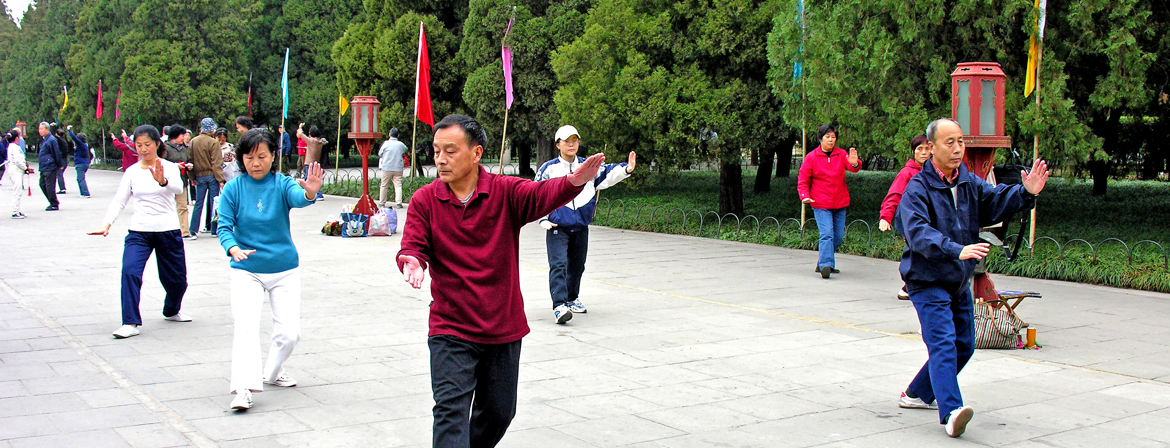The impact of vivid messages on reducing energy consumption related to hot water use.
Bailey, J. O., Bailenson, J. N., Flora, J., Armel, K. C., Voelker, D., & Reeves, B. (2015). The impact of vivid messages on reducing energy consumption related to hot water use. Environment and Behavior, 47(5), 570-592.
'High five to healthy living': A health intervention program for youth at an inner city community center.
Baker, A. D., Gilley, J., James, J., & Kimani, M. (2012). 'High five to healthy living': A health intervention program for youth at an inner city community center. Journal of Community Health: The Publication for Health Promotion and Disease Prevention, 37(1), 1-9.
Health-education package to prevent worm infections in Chinese schoolchildren.
Bieri, F. A., Gray, D. J., Williams, G. M., Raso, G., Li, Y.-S., Yuan, L., . . . McManus, D. P. (2013). Health-education package to prevent worm infections in Chinese schoolchildren. The New England Journal of Medicine, 368(17), 1603-1612.
Behaviour change communication targeting four health behaviours in developing countries: A review of change techniques.
Briscoe, C., & Aboud, F. (2012). Behaviour change communication targeting four health behaviours in developing countries: A review of change techniques. Social Science & Medicine, 75(4), 612-621.
The environmental cost of misinformation: Why the recommendation to use elevated temperatures for handwashing is problematic.
Carrico, A. R., Spoden, M., Wallston, K. A., & Vandenbergh, M. P. (2013). The environmental cost of misinformation: Why the recommendation to use elevated temperatures for handwashing is problematic. International Journal of Consumer Studies, 37(4), 433-441.
Learning from the severe acute respiratory syndrome (SARS) epidemic.
Chan, E. A., Chung, J. W. Y., & Wong, T. K. S. (2008). Learning from the severe acute respiratory syndrome (SARS) epidemic. Journal of Clinical Nursing, 17(8), 1023-1034.
Effectiveness of hand-washing teaching programs for families of children in paediatric intensive care units.
Chen, Y.-C., & Chiang, L.-C. (2007). Effectiveness of hand-washing teaching programs for families of children in paediatric intensive care units. Journal of Clinical Nursing, 16(6), 1173-1179.
Impact of a peer-group intervention on occupation-related behaviors for urban hospital workers in Malawi.
Chimango, J. L., Kaponda, C. N., Jere, D. L., Chimwaza, A., Crittenden, K. S., Kachingwe, S. I., . . . Norr, J. L. (2009). Impact of a peer-group intervention on occupation-related behaviors for urban hospital workers in Malawi. JANAC: Journal of the Association of Nurses in AIDS Care, 20(4), 293-307.
Reactivity and repeatability of hygiene behaviour: Structured observations from Burkina Faso.
Cousens, S., Kanki, B., Toure, S., Diallo, I., & Curtis, V. (1996). Reactivity and repeatability of hygiene behaviour: Structured observations from Burkina Faso. Social Science & Medicine, 43(9), 1299-1308.
Planned, motivated and habitual hygiene behaviour: An eleven country review.
Curtis, V. A., Danquah, L. O., & Aunger, R. V. (2009). Planned, motivated and habitual hygiene behaviour: An eleven country review. Health Education Research, 24(4), 655-673.



